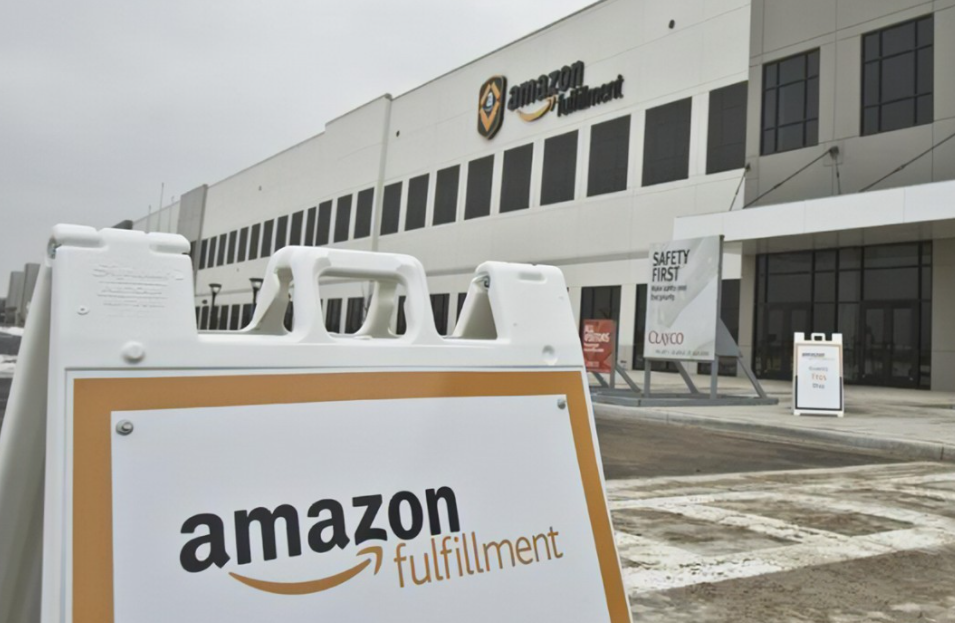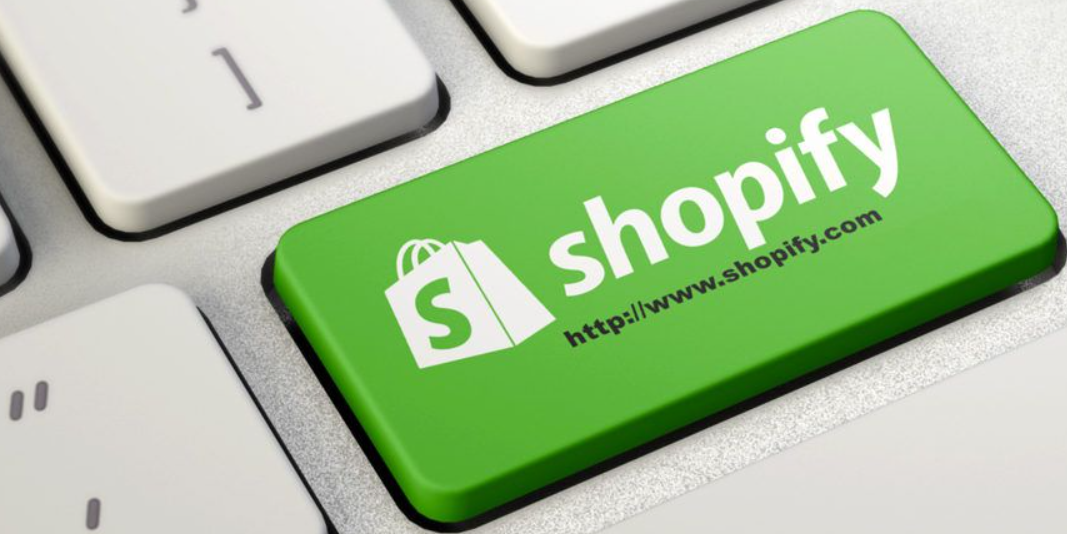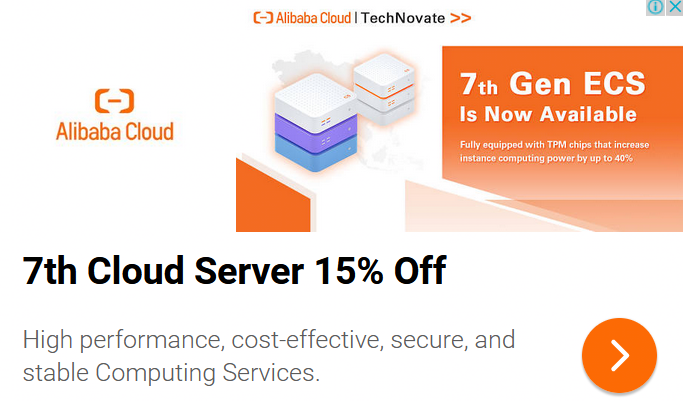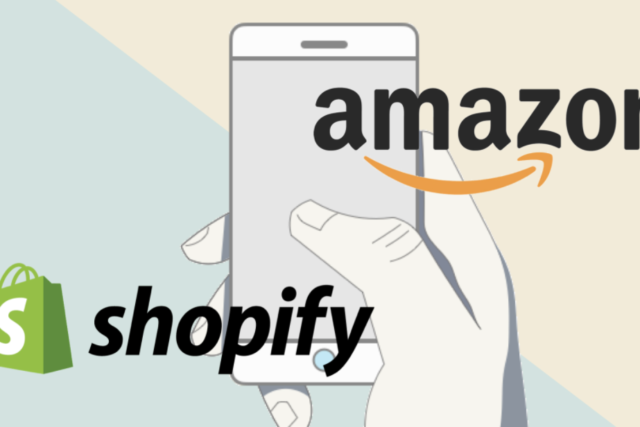ou’ve decided to get into the dropshipping business. Now, one of the most important decisions you need to make to start selling products online is which e-commerce platform will work best for you, but more importantly, will make you the most money. The most popular platforms in 2022 are Amazon FBA and Shopify. So you’re going to be wondering which one you should use, as they are two of the biggest players in e-commerce.
Both Amazon FBA and Shopify have gained a great reputation in online commerce. Shopify has and supports over 800,000 businesses worldwide. Amazon receives over 2.5 billion visitors each month worldwide.
This is the reason why your choice is not so easy. So here is a comparison of the two dropshipping platforms that should allow you to make your choice in full knowledge.
What are the differences between Amazon FBA and Shopify?
A ready-made marketplace or a store to build
The main difference between the two platforms is a big one.
Amazon FBA is a ready-to-use marketplace. In fact, you work directly with the multinational’s interface by adding yourself to the millions of sellers already present on the platform. You have direct access to millions of customers who visit this platform every day.
On Shopify, you have to build your online store to start selling your products. You don’t have a base of customers and it’s up to you to attract them to your site.
With Amazon FBA, you won’t have to manage the logistics of shipping packages. Instead, you will have to buy and own your inventory. This is a major difference.
Many rules to follow vs. your own store with your personality and rules
Amazon FBA is a great source of customers, however, you must follow the rules set by the platform to sell products. You must be aware of the rules set by the platform and the terms of use. In addition, you will pay a percentage of each sale you make to Amazon.
Shopify requires you to do all the work of designing your online store. Since there is no initial traffic included, this allows you to keep more of your sales profits, as the platform does not charge you fees like Amazon FBA.

The pros and cons of dropshipping on Amazon FBA
Amazon is a leading platform that is fairly simple to use, although listing a product and adding images can sometimes be time consuming, as there are a lot of boxes and information to fill out.
Benefits of Amazon FBA
You can get a free 30-day trial with a Pro account.
You have instant access to a global customer base.
Take advantage of the brand’s great reputation.
Just set up your account and fill in your products to start selling immediately.
Amazon visitors are all looking to buy something.
You get great customer service with your Pro account.
The refund and return service is quick and easy.
Amazon FBA provides you with sales report data.
So you can start selling within a day of registering on the platform if you have the products in stock on your side.
Be aware that if you choose to sign up using FBA, the setup process is more time-consuming, as you will have to ship your products to a dedicated Amazon warehouse. Amazon will take care of your storage and processing, but also your customer service, all returns and refunds.
The disadvantages of Amazon FBA
You have to pay Amazon a fee for each sale you make.
You must follow the rules set by Amazon or you risk having your PRO account suspended.
This is a platform with thousands of sellers so it is somewhat saturated.
You have no control over your business page.
You can’t design a store to your image.
You have to deal with undercutting tactics by your competitors.
You have to buy your stock of products (starting amount to start more important than in classic Dropshipping).
Amazon’s fees, although quite reasonable considering that you have access to all its customers, can reduce your profits considerably. Moreover, some product categories are saturated by the number of sellers already present on the platform.

Pros and cons of creating a store and dropshipping on Shopify
Shopify is a leading e-commerce platform that allows beginning dropshipping entrepreneurs to create and start their online store without any technical experience. This platform is easy to use and user-friendly as there are many users who can assist you.
It offers a lot of possibilities and features so that you can create a high-quality online store of your own.
This means that you will not be in direct competition with anyone else because you own the store. Designing your site is an exciting time, because you will be making it your own with your own personality. You will then have to make sure that you attract customers to this store so that you start selling products.
Benefits of Shopify
You can get a free 14-day trial.
The platform is easy to use.
You have many design options for your online store.
The rates are affordable for entrepreneurs who don’t have much of a starting budget.
You own your store and you can customize it as you wish.
You have more control over your website.
Shopify gives you access to powerful tools.
You can simply create your unique brand identity.
You can create a mobile-optimized online store.
With Shopify, you can create your own store and design it to your image from scratch. Moreover, you have a free 14-day trial to test the platform and your e-commerce idea.
The platform provides its users with many features and applications to help you design your store but also optimize your sales.
The disadvantages of Shopify
You have to do your own marketing to attract customers to your online store.
Taking care of marketing campaigns means a potential increase in costs
You have to build your own reputation
You have higher or lower monthly fees depending on the applications you want to use.
Access to reports is not available with the basic plan, but only with the more expensive plans
Fees by Amazon vs. Fees by Shopify
Fees play an important role in your decision-making process. Profit is critical to the success of your dropshipping business.
On Amazon FBA: If you use Amazon FBA, Amazon’s fulfillment program, your platform costs will of course be higher (count on about 35%) as you will have to factor in storage and fulfillment costs as extras. These costs vary depending on the type of products you want to sell.





MOST COMMENTED
DreamHost E-commerce Hosting: Building Online Stores
Is it better to dropship with Amazon FBA or with Shopify?
10 reasons to start your blog today!
How to create a travel blog?
5 ways to make money with your blog
5 newsletter ideas to boost your Christmas sales
How to find the best niches in dropshipping?